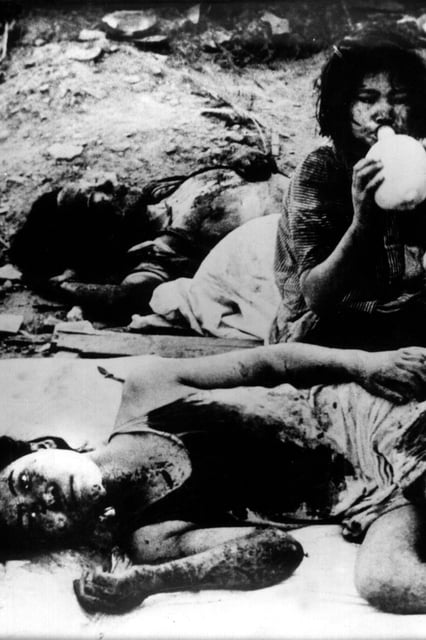Overview
- Historian Richard Overy’s new study draws on White House and military archives to show President Truman and General Marshall approved the Hiroshima strike through a stark cost–benefit assessment aimed at averting a costly invasion of Japan.
- According to Overy, the bomb detonated at 540 meters and unleashed a firestorm that destroyed 92 percent of Hiroshima’s city center while ionizing radiation inflicted agonizing internal injuries on survivors.
- Overy traces the atomic attack’s roots to a systematic U.S. bombing doctrine that began with incendiary raids like the March 1945 firestorm over Tokyo, demonstrating how planners refined targeting with chilling precision.
- On the 80th anniversary, Hiroshima’s Peace Memorial Park has become a major heritage tourism destination, with guided Ground Zero tours drawing visitors to commemorate the attack and promote reconciliation.
- The legacy of Hiroshima endures as nuclear tensions surge, with recent threats and weapon developments by Russia, China and other nuclear states reviving fears of atomic escalation.



